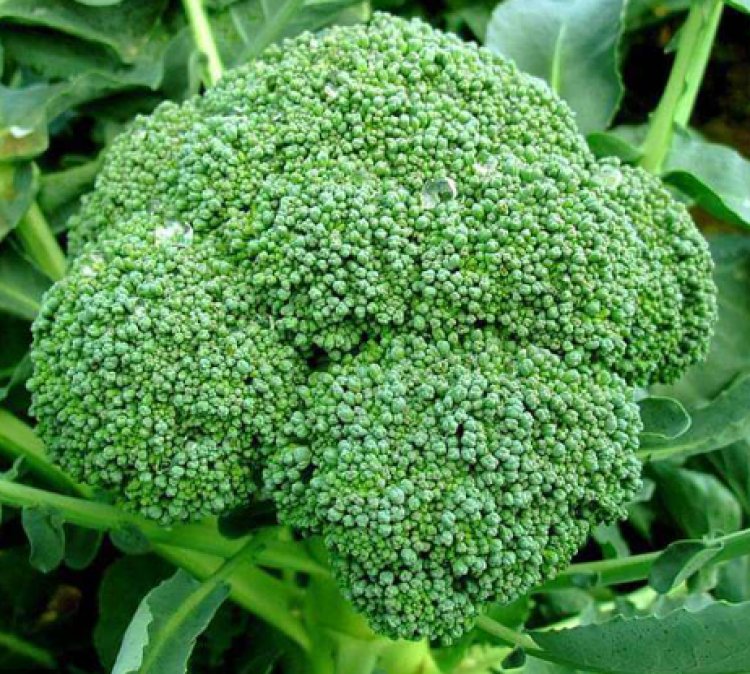How to Plant Broccoli In Your Home Garden
Broccoli is loaded with nutrients and used in a variety of recipes. It can be consumed raw, sautéed, cooked in stir fry, soups, pasta, or rice dishes

These broccoli gardening tips make it simple for you to grow and care for broccoli in your garden.
Location for planting broccoli
Broccoli needs a sunny area with some shade for optimal growth. The ideal location is one that receives 5–7 hours of sunlight every day. Sow your broccoli seeds in healthy, well-draining soil that is also moist. As a strong feeder, broccoli thrives in soil rich in organic matter and has deep root zones. Work on a thin layer of manure roughly, 2-4 inches of manure before planting your seeds to speed up the growth of your plant.
How to plant and care for broccoli plants

For broccoli to develop correctly, the soil must be well fertilized.
Space the broccoli seeds 12 to 20 inches apart and 1/4 to 1/2 inch deep when planting them using the direct-sowing method.
Broccoli plants should be kept at least three feet apart from one another due to their potential for growth.
Maintain a 3-foot space between each row of broccoli plants as broccoli plants are strong feeders thus require their own room to thrive effectively. Planting them in close spacing may limit their growth.
Water the broccoli plant twice a week to keep it hydrated. Pouring water on the plant's head could promote blossoming; instead, irrigate the roots.

Prepare the soil to a depth of 12 to 20 inches while growing broccoli (30-51cm). When preparing the soil, spread a 2-3" (5-8 cm) layer of high-quality garden compost or composted manure.
The optimum soil for growing broccoli has a pH range of 6.8 to 7.4 (slightly acidic to slightly alkaline).
Harvesting broccoli
It is time to harvest the crop when the outermost florets on the broccoli head start to loosen. To avoid water collecting in the broccoli stems and causing rot, the farmer should trim the stems at an angle.
The length of time between planting and harvesting depends on the type of broccoli you are growing. Broccoli is typically ripe when it has a diameter of 4 to 7 inches. Early in the morning is the ideal time to harvest broccoli since the head is tight and firm.
Remove the broccoli heads from the plant, saving the stem that is about 6 inches long. You can pick broccoli from the plants many times. Harvest your plant as soon as you notice yellow petals appearing on it because else the quality of the produce will continue to deteriorate.

Tips for growing broccoli
Fertilizers: Because broccoli grows quickly, it requires a lot of nutritional support. An application of rich manure or tea compost once per month will be beneficial to your plant.
Watering: Broccoli needs plenty of water, much like other greens do. Water the plant's roots thoroughly, about an inch deep each week.
Temperature: Broccoli grows best at temperatures between 18 and 22 °C (65 and 70 °F).
Sunlight: To generate a good harvest, broccoli, like other brassicas, needs full sun for 5–6 hours. However, the plant can eventually start bolting as the soil temperature rises.
Pests and Diseases: Although there aren't many diseases that can affect broccoli, you should watch out for aphids and cabbage flies.
Conclusion
Intelligent broccoli farmers should be aware that the vegetable has a limited shelf life. Broccoli plants typically start producing after two to three months and continue to do so for around a month. Therefore you will be able to harvest and consume broccoli from your garden as from 2 months after transplanting seedlings grown indoors.


























